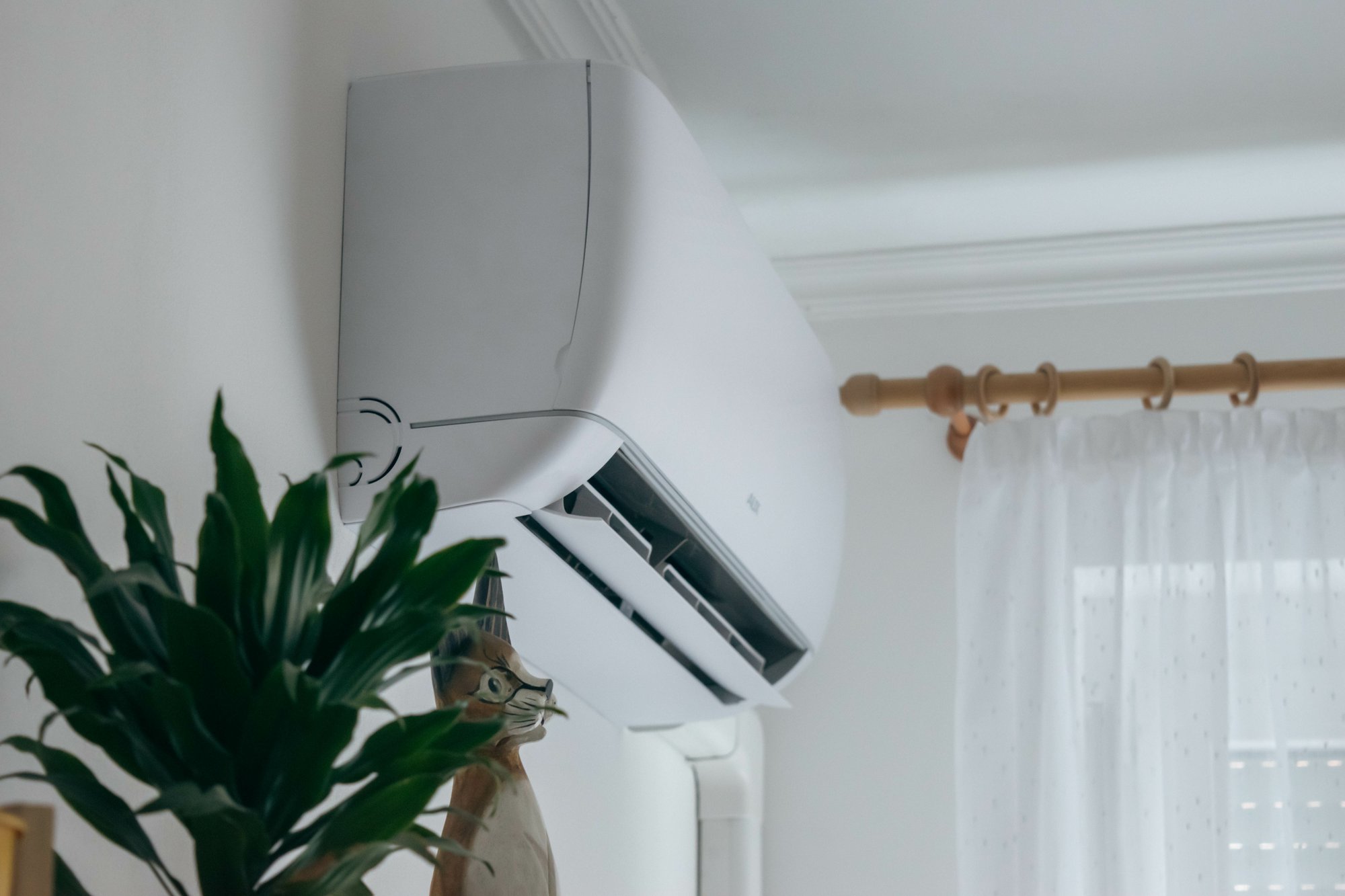RADON Testing
Understanding radon - what is it,
Unsure what system you have? Let us tell you.
Radon Safety in Properties: Essential Insights for EFAM Air Customers
Radon, a naturally occurring radioactive gas, can accumulate indoors to dangerously high levels, posing serious health risks, including an increased risk of lung cancer. Radon gas is particularly dangerous when its particles, trapped in buildings, decay within the lungs upon inhalation, emitting harmful radiation.

Health Risks and Symptoms of Radon Exposure
-
The primary health concern associated with radon exposure is lung cancer. Early symptoms include:
- Persistent cough
- Coughing up blood
- Wheezing or shortness of breath
- Hoarseness
- Chest pain
- Frequent respiratory infections
- Fatigue, weight loss, and loss of appetite over time
Given the severity of these risks, understanding and reducing radon exposure is crucial for health and well-being.
Radon in the UK: Key Regions and Measurement
Public Health England (PHE) has identified radon hotspots across the UK, with significant concentrations in the East Midlands and South West, although elevated levels can appear nationwide. Radon is commonly found near granite and other igneous rocks, where the gas escapes through rock pores and soil. However, not all granite regions are high-risk. For instance, Aberdeen, despite being on radium-rich rock, is low-risk because its rock structure lacks sufficient pores for radon migration.
Radon levels are measured in becquerels per cubic meter (Bq/m³), with PHE’s recommended “Action Level” set at 200 Bq/m³ for homes. Any readings above this level require immediate intervention. Property owners can check local radon levels using PHE’s interactive map and the UKradon website.
Testing for Radon
To accurately assess radon levels, property owners can use radon detectors, which are safe and easy to operate. Placing two detectors, one in a living area and another in a bedroom, and measuring over three months is recommended to capture an accurate annual average. Short-term tests can provide a quick snapshot but may yield less reliable results due to weather-influenced fluctuations in radon levels.
Mitigation Strategies
In high-radon areas, basic ventilation improvements and sealing gaps around loft hatches or large floor openings can reduce exposure when paired with other effective radon-reducing measures. For severe cases exceeding 1000 Bq/m³, consult PHE or local Environmental Health Departments for expert guidance.
At EFAM Air, we understand the importance of maintaining safe indoor air quality. Contact us to learn more about ventilation solutions and radon reduction strategies for your property.
Get in touch today
Get in touch
Let us solve your issues with ventilation across your domestic or commercial property.
All of the EFAM Air team are fully trained to help identify any issues with your property and can offer free expert advice to provide solutions for your problems. We offer free surveys with an engineer to provide a full-service solution.
Send a photo of your problem or give us a time to arrange a call and we will:
- Arrange a time to send an engineer to your property for a comprehensive survey
- Identify the root cause of the condensation, damp and/or mould problems in the property
- Recommend a cost-effective solution to the issues that are affecting your enjoyment of the home
Get in touch today to see how air quality impacts your quality of life.
